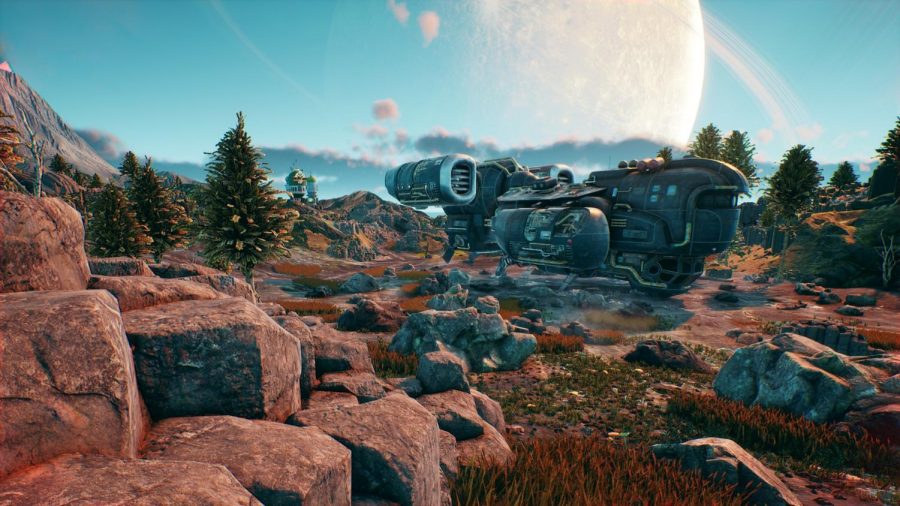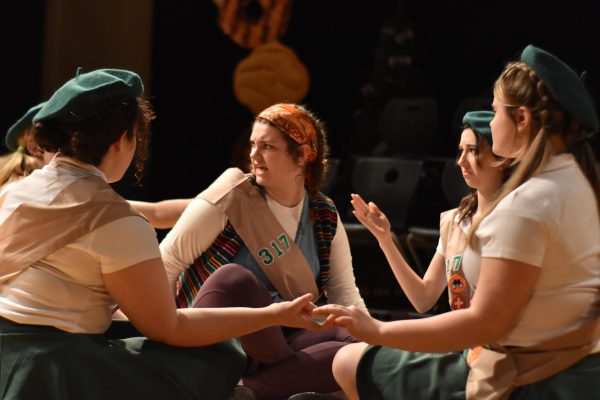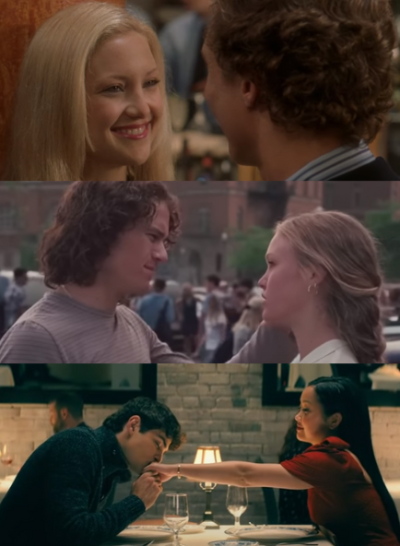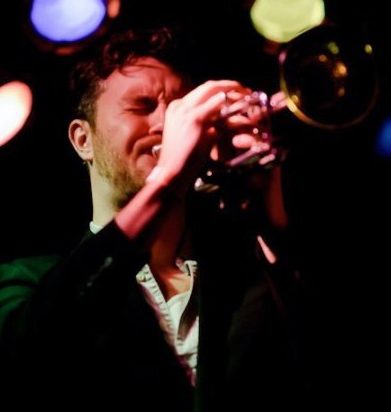Exploring the ‘Outer Worlds’
New video game offers virtual interplanetary experience
The Unreliable” is the ship the player owns in the game. With the ship, the player can travel to different planets.
The video game “The Outer Worlds” is an anomaly in today’s gaming market. A game with no devious ways that the developer tries to squeeze money out of the players even after they have paid the $60 to start playing, which is something rare in today’s new releases Instead, we have something truly unique.
“The Outer Worlds” is a space-themed role-playing game made by Obsidian, a developer with a portfolio of many beloved games. Mix a dash of deadly alien creatures with gigantic claws and a pinch of marauders that will stop at nothing to try to kill the player and steal everything he has. Then, finish that off with a healthy serving of space capitalism and out comes “The Outer Worlds.”

Groundbreaker is a city in the game “The Outer Worlds.” Players can trade equipment gathered from quests.
“The Outer Worlds” does a great job of distinguishing itself from the developer’s previous titles. The best way it does this is with its color palette. Everything is covered in purples, blues, neon greens and deep bloody reds. It doesn’t matter if the player is taking out sentry bots with explosive shock grenade launchers on the moon in the midst of an asteroid field or trekking through a sunlit valley on a planet overrun with enemies — the color scheme remains absolutely gorgeous. In the design of all the different planets, Obsidian goes for a look that says, “Let’s make the game look good with a sci-fi flair but still have realism on the back burner.” And when the player first steps foot on a planet, it’s instantly noticeable.
“The Outer Worlds” isn’t an open-world game but more of a hub-based world with a movable hub being the player’s ship. Each location the player visits is a fixed set of maps, some smaller and some larger, all of them having hidden areas and long side quests. Interestingly enough, while it’s not open world, the way the game has players traveling between locations in their spaceship as well as how interconnected some of the locations are makes them feel like they have a larger footprint than they actually do. Many locations have multiple ways to reach quest points, secret ways around enemies and a nice, organic feel to them, regardless of the game being more structured than an open-world game would be.
When it comes to character design, almost everyone looks unique. For the most part, gone are the days of coming into a town and seeing generic head number two with generic beard number three and a cowboy hat. Most of the NPCs have very unique traits and emotions as the player is working with them, against them or just sending them “please die” messages out of a gun wielded by a drunken party-goer wearing a top hat.

Edgewater is a location in the game that acts as a hub for the player. In “The Outer Worlds,” there are many hub sites that the player can use to trade and buy things for quests.
The crazy isn’t too crazy but just enough to work well. The game’s design meets at a crossroads where function meets funny, and it’s a reflection of this humor that “The Outer Worlds” exhibits. The armor and helmets are a perfect example. Some are larger with some cooling pipes or accessories hanging off them, and others are just giant plastic moons players can slip onto their noggin whenever they want.
The game’s main story has the player play as a person from Earth sent to the Halcyon system in the galaxy’s largest cluster of frozen spacemen and women trying to find a habitable planet. Unfortunately, an accident has occurred and the player and the rest of the ship have sat floating through space while everyone else showed up on time and took advantage of the resources there. The player is rescued by a mysterious benefactor and shows up 70 years later after all the various corporations have a stranglehold on the planets and moons. Giant, neon colored advertisements with their respective mascot and slogan cover every building, trying to get the player to purchase their brand rather than another. Workers are treated as company property and if they happen to get sick, it’s because they aren’t working hard enough. In fact, a very early side quest involves people having to rent their own grave sites while they’re still alive, and the town had to club together and pay for a gravesite for someone who killed themselves because suicide is considered vandalism. This is one of many ways the game satirizes late-stage space capitalism, which is a huge motif played throughout the game’s story.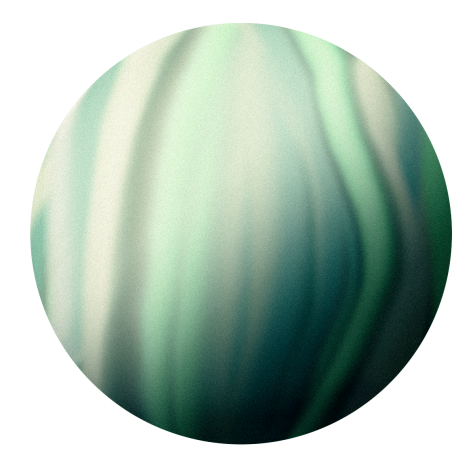
Not everyone in the world gets along with each other. Alliances are broken, then reborn, then broken again. Enemies become friends and then enemies once more. All the choices the player makes have an impact on the world and the people that inhabit it. For example, a player may want to get on someone’s good side. This is possible if the player helps them acquire something or murder someone they don’t like. The game is extremely flexible and can bend to how the player wants the story to go.
“The Outer Worlds” is a delight to play through. Working through the unique locations, meeting new characters and adventuring through their quests is always a pleasure. It’s also enjoyable to level up and build the player’s character the way they see fit. Obsidian has knocked this one out of the park, and it is well worth the price tag for the experience that is offered to the players.

Hi! I am Jacob, an SHS senior and a sports writer for The Journal this year. I’m really into new technology and the way it works. I love computers and...


